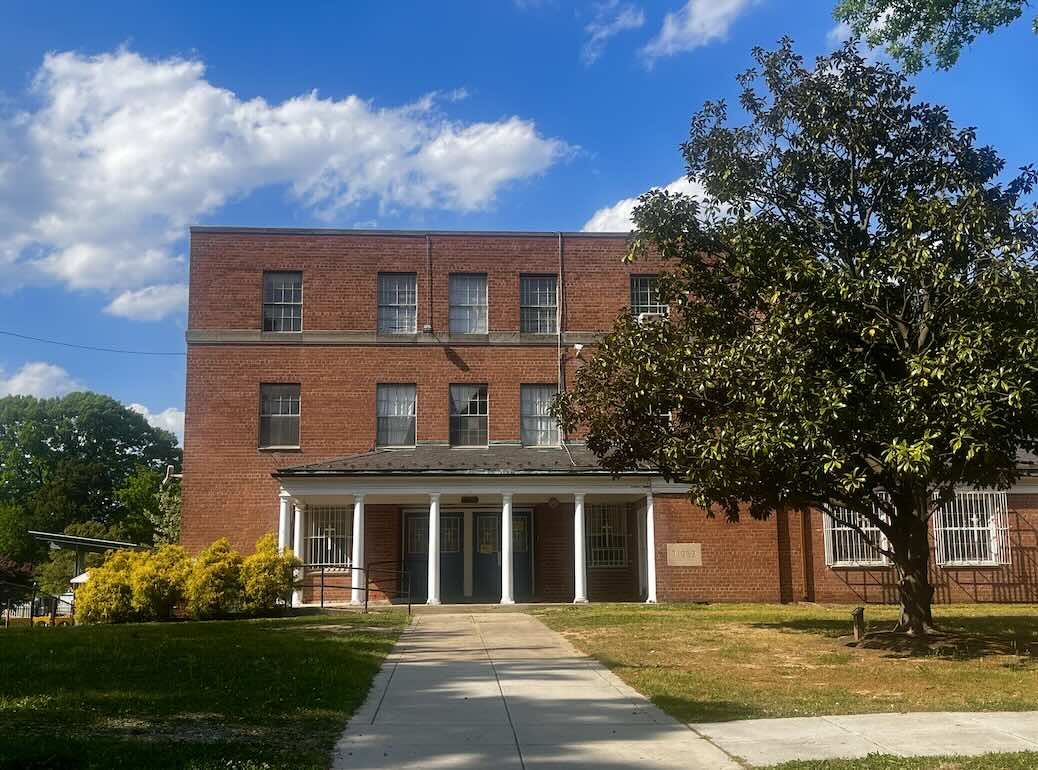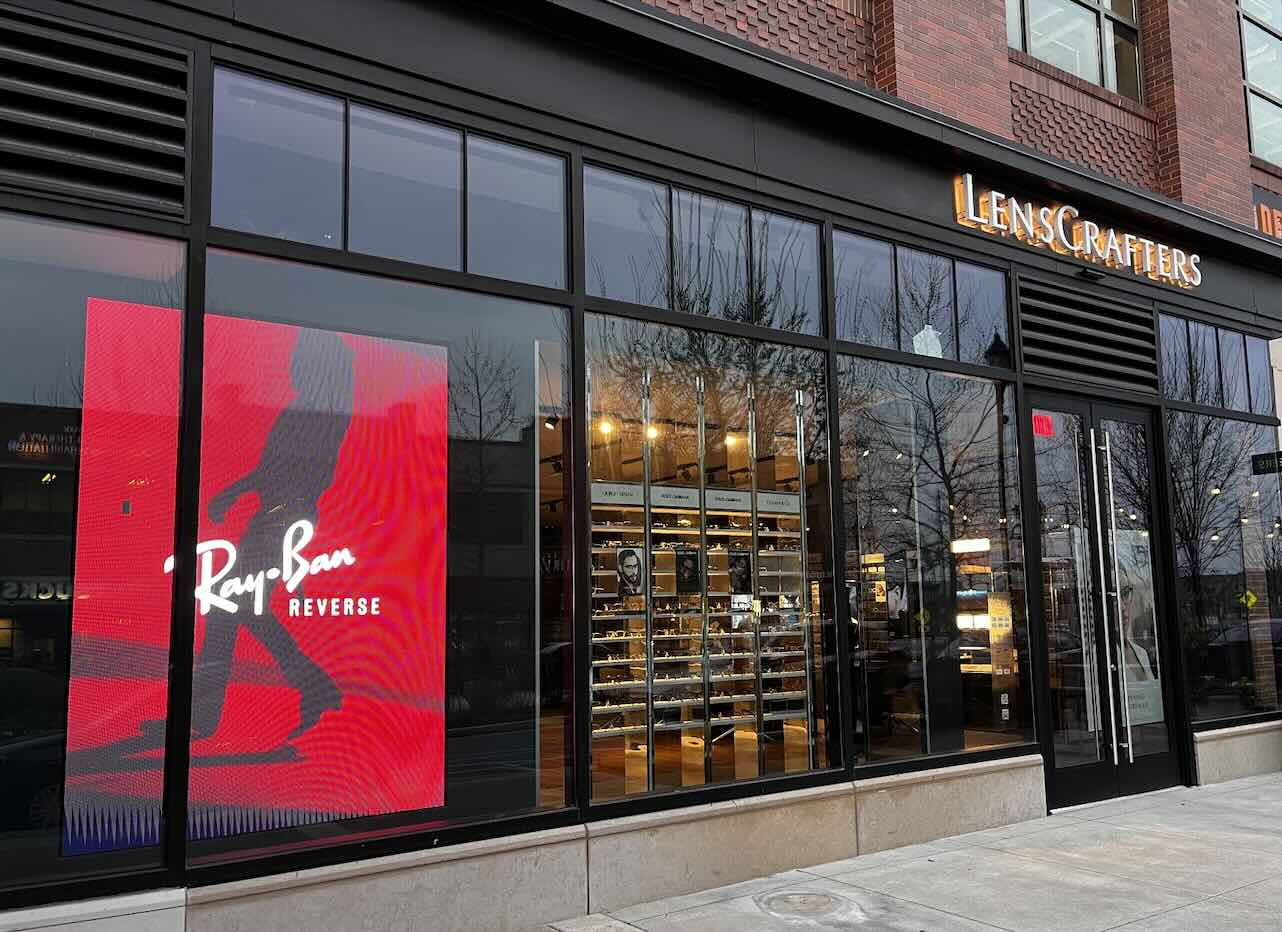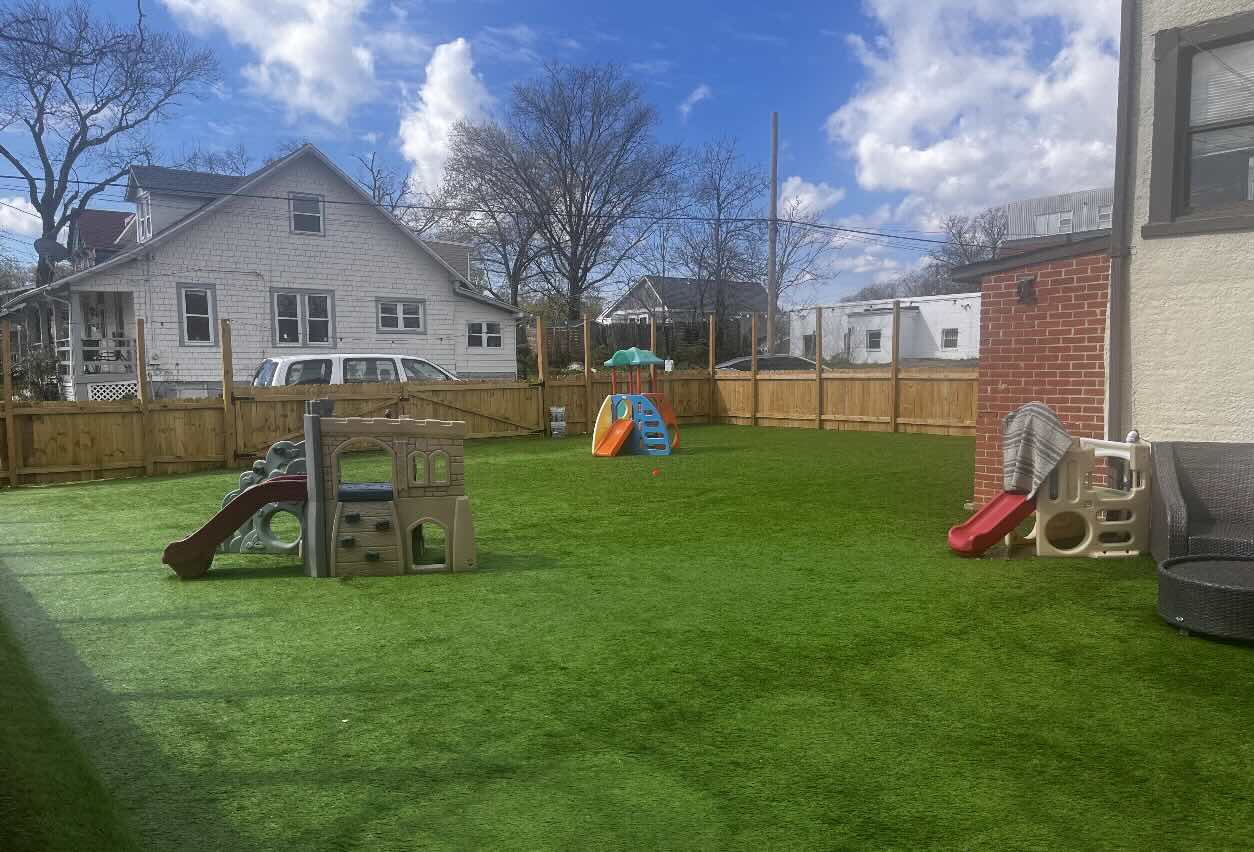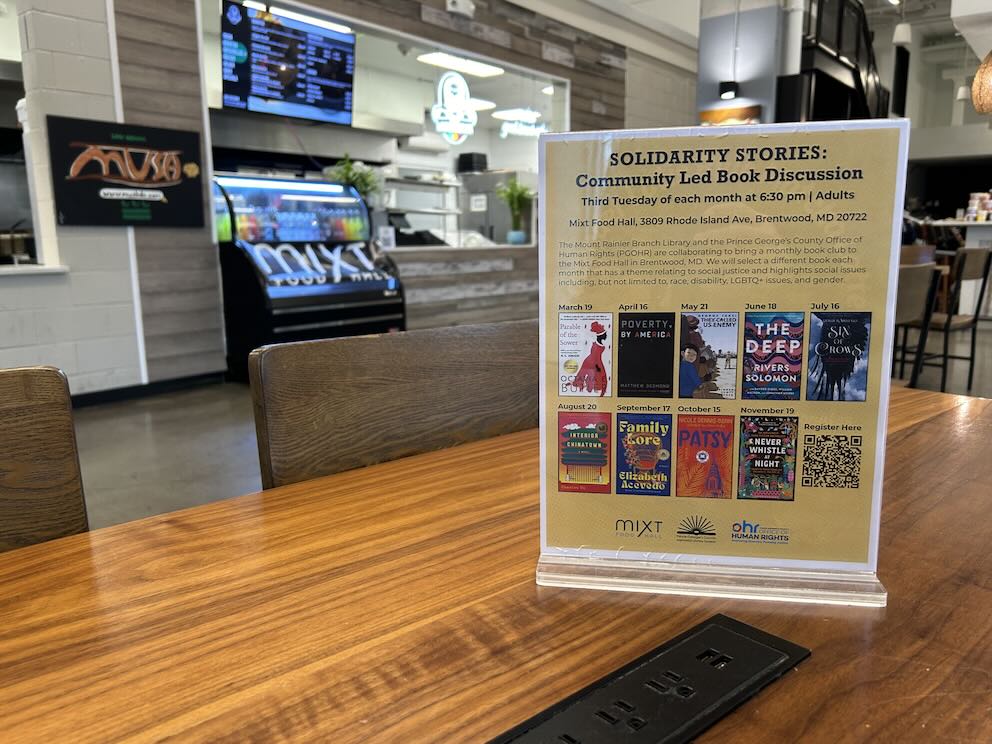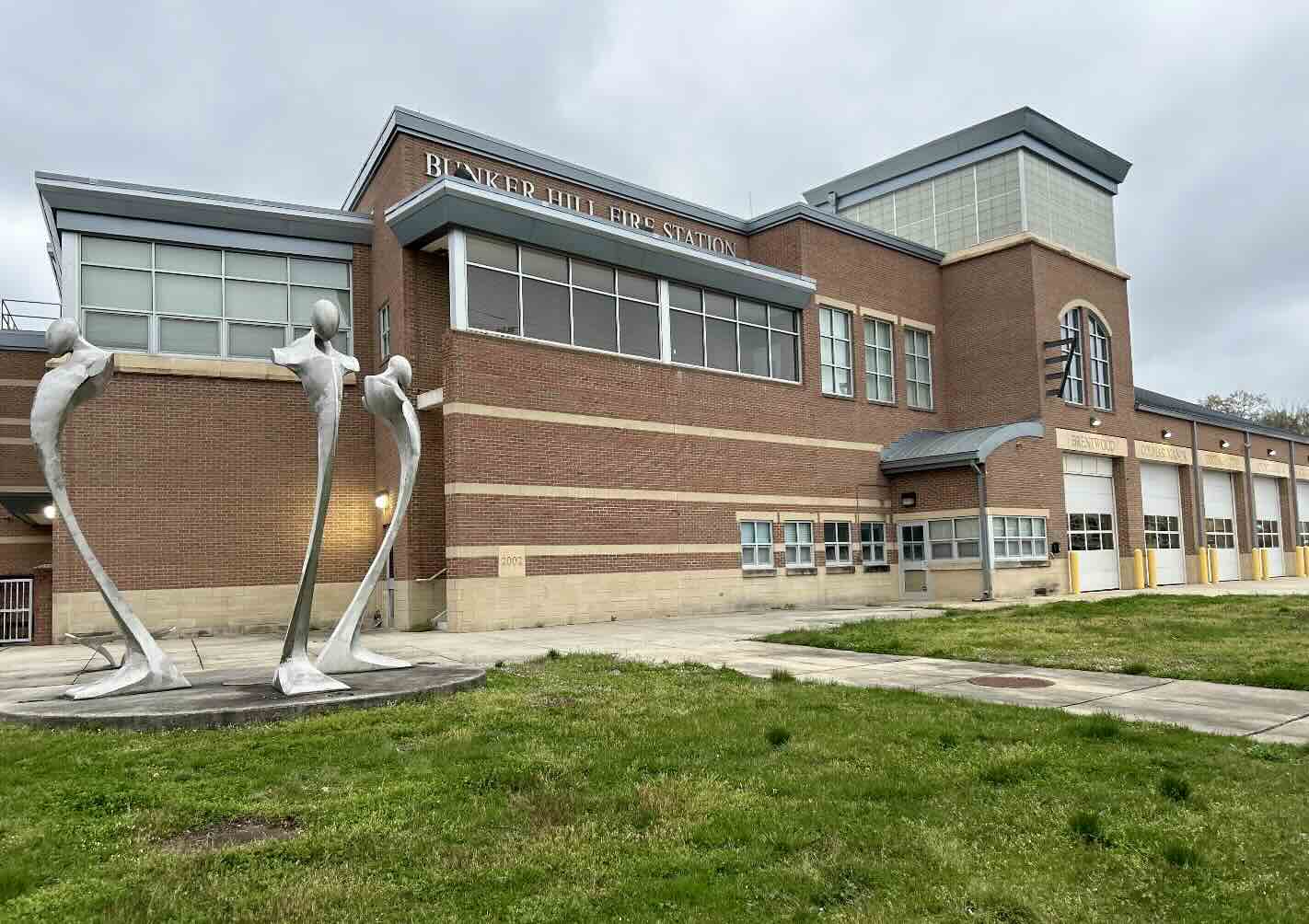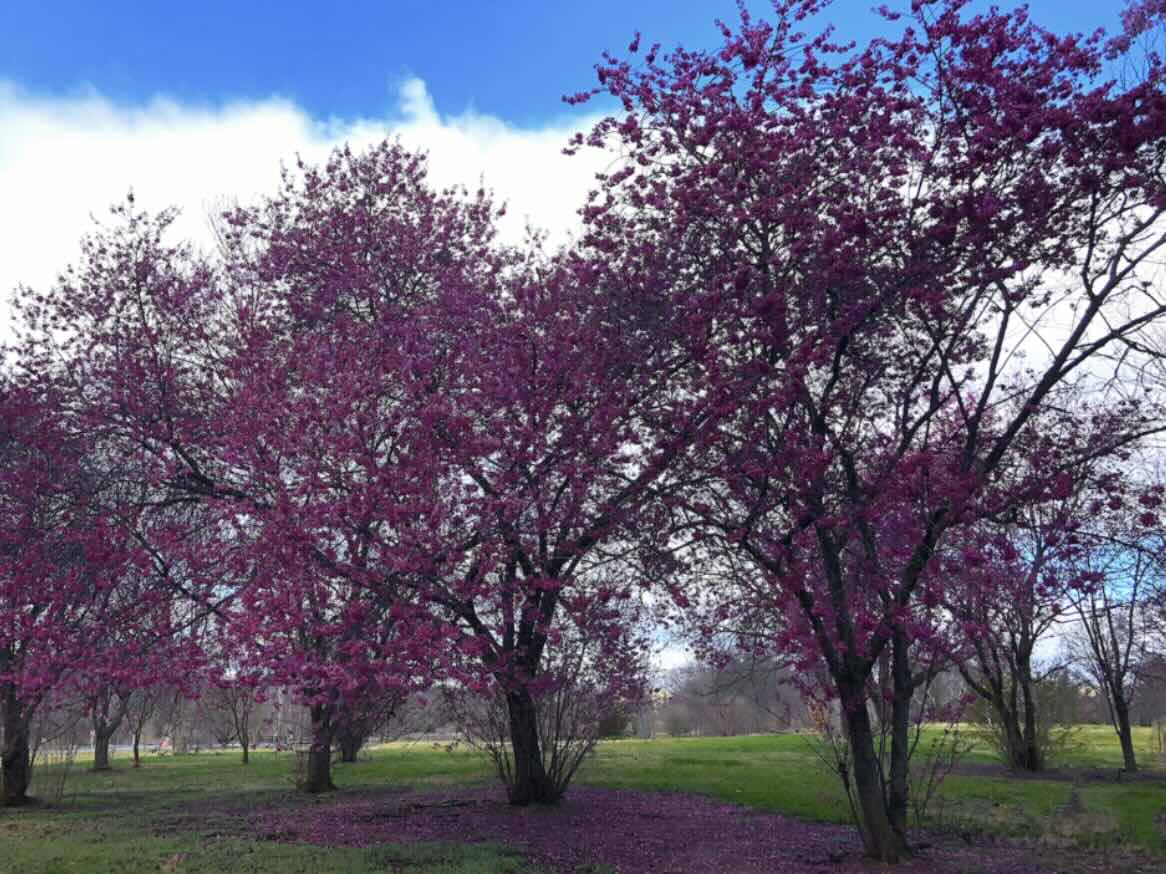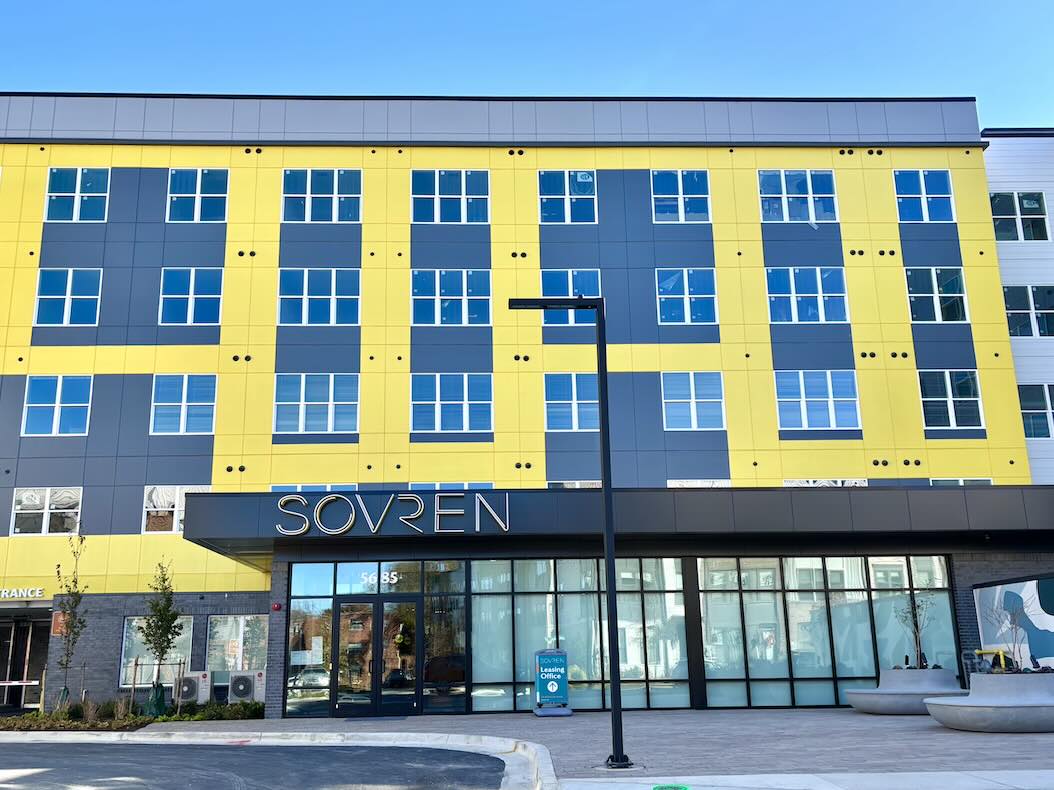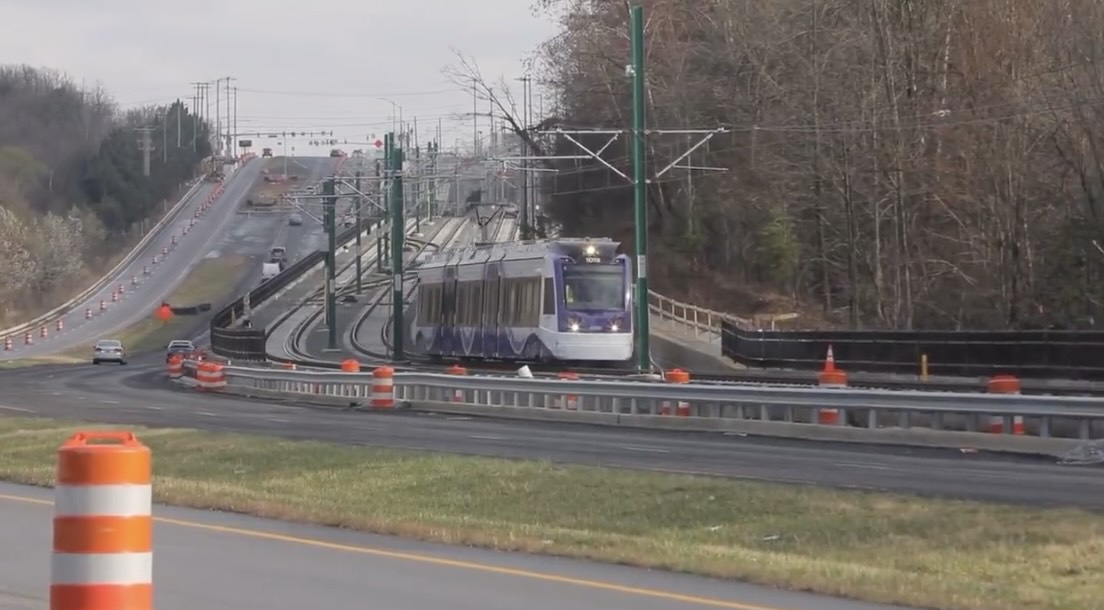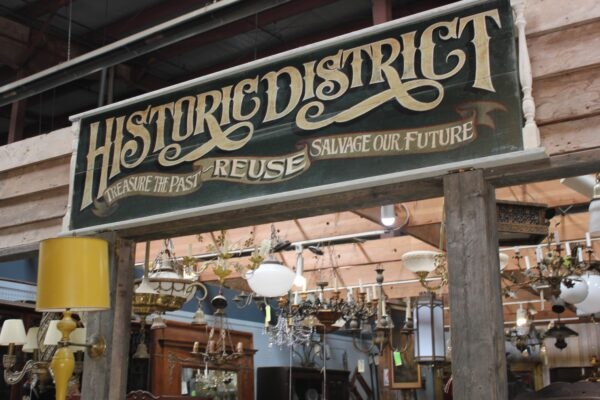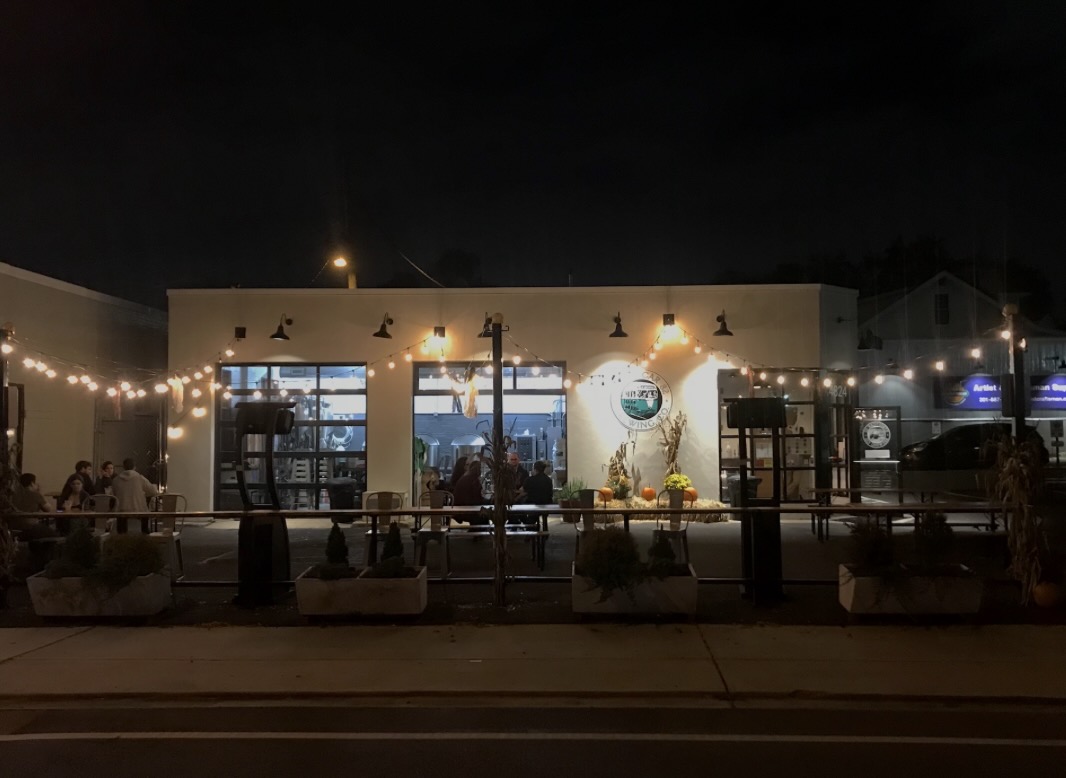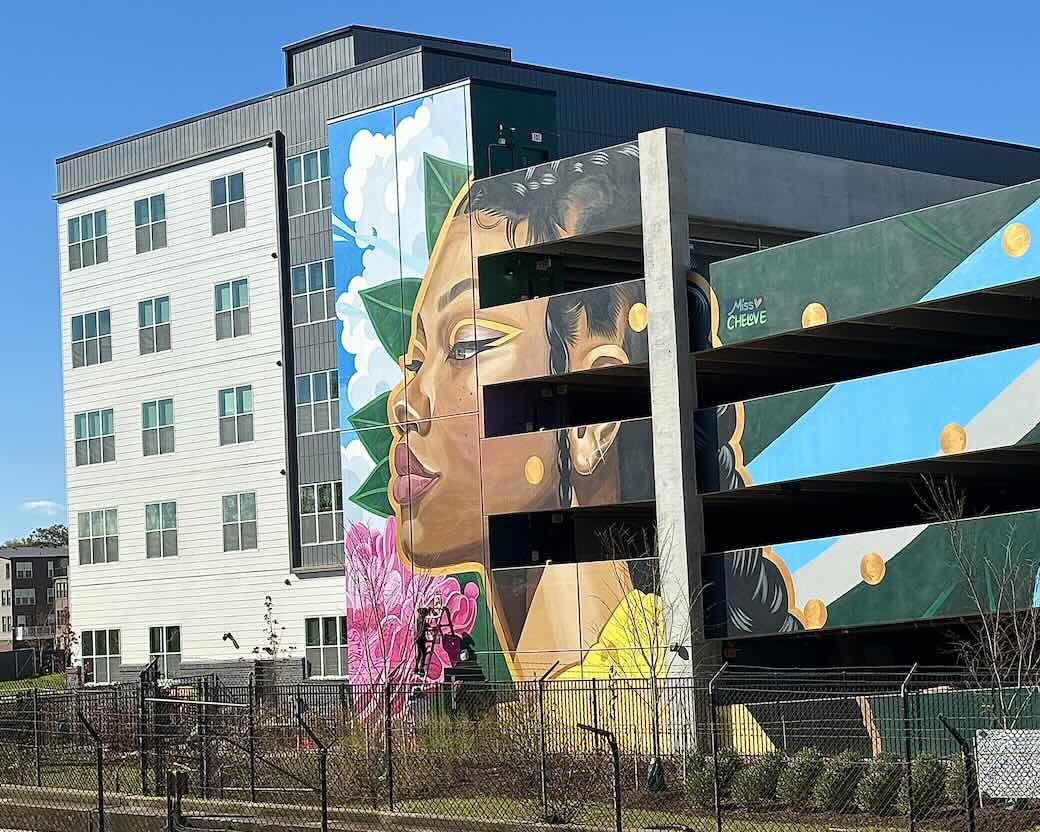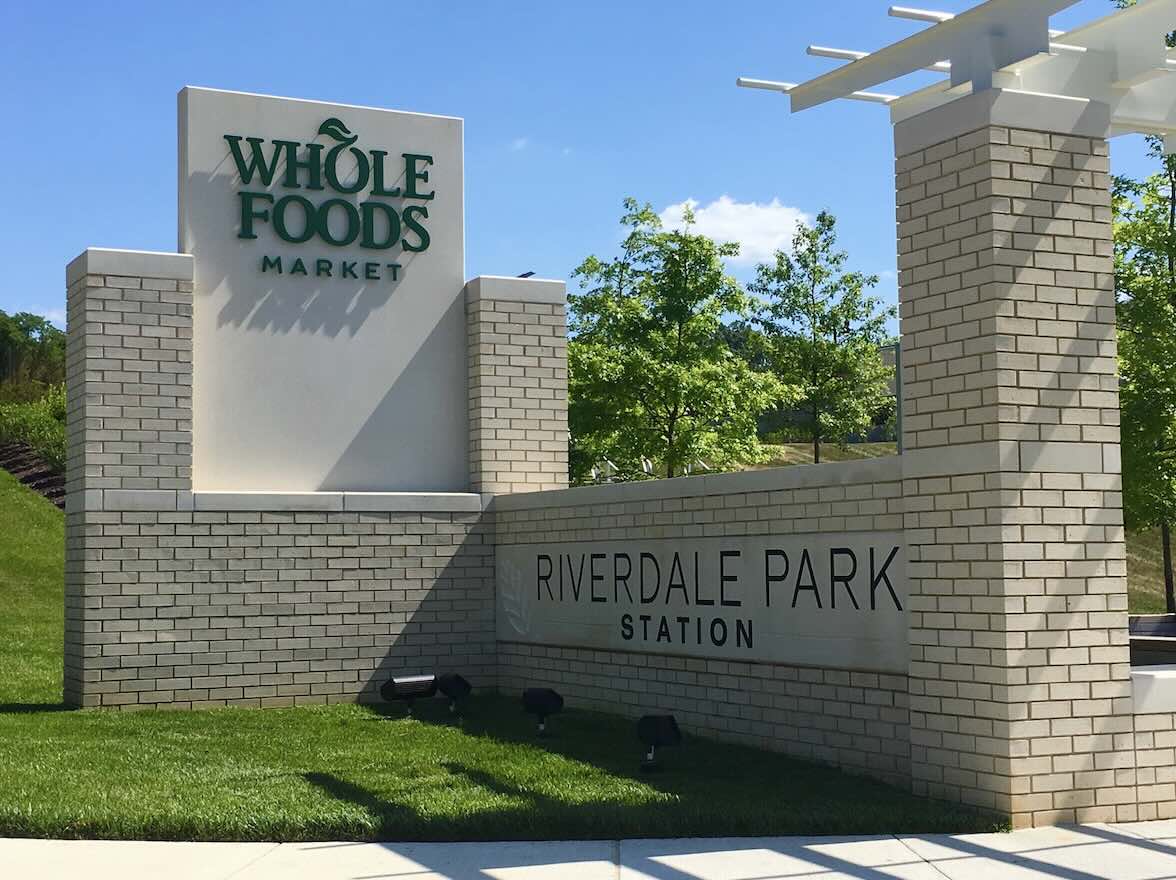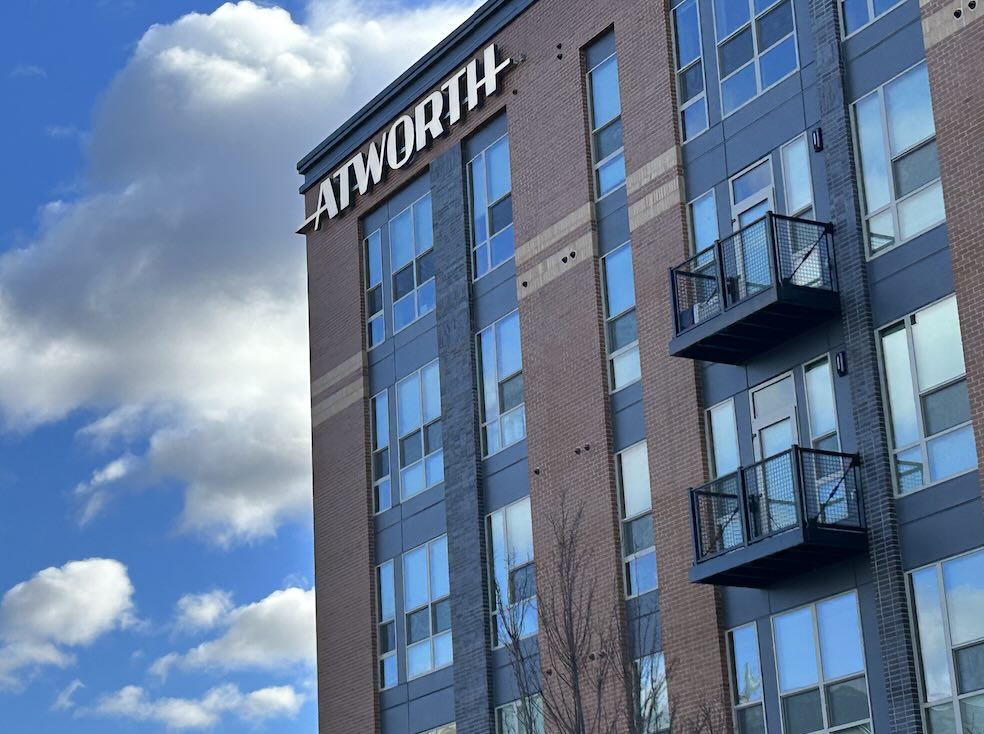A private school on the border with Mount Rainier will hold an open house on Saturday, April 13.
Located at 2112 Varnum St. NE just across the border in D.C., Chance Academy offers classes for students who are being homeschooled and also runs a summer camp program.
Classes are focused on social-emotional learning to teach kids to be “out-of-the-box thinkers,” often involving field trips to local museums and cultural institutions.
Individual classes are designed to include students of different ages based on students’ skill levels and maturity. Parents can also sign their children up to attend only certain classes, as needed.
Qualified families can apply for a sliding-scale tuition or even free tuition based on their income and expenses. No family is turned away for an inability to pay.
Now in its 15th year, the program currently rents space inside Northeastern Presbyterian Church, but it is not a religious school or affiliated with any religion.
The open house will feature material from school classes on Singapore math, AMTA science and Fly Five social-emotional learning.
The open house will be held from 2 to 5 p.m. Saturday, April 13. You can also learn more information on the school’s website or by calling (240) 746-2550.
Share your news on the Wire through a paid sponsored post.





